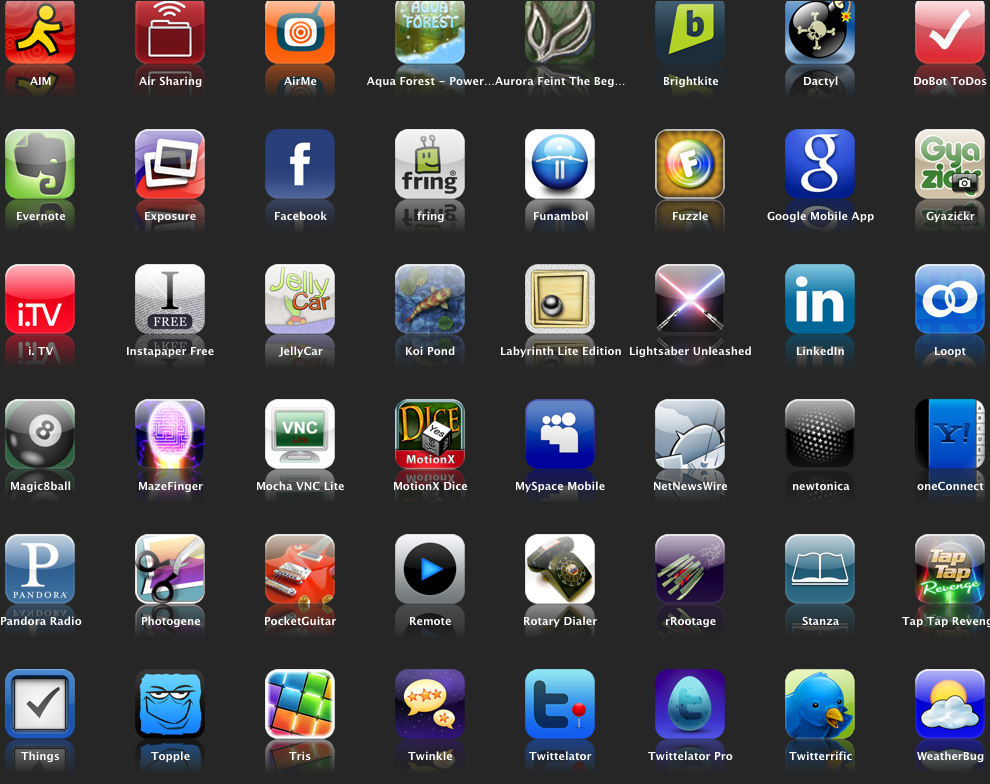In today's digital age, the ability to download content has transformed the way we consume media, access information, and engage with technology. From music and movies to software and e-books, the act of downloading enables users to store and use data at their convenience, making it an essential skill for anyone navigating the online landscape. As we delve into the multifaceted world of downloads, we will explore the various types of downloads available, the processes involved, and the potential risks and rewards that accompany this digital practice.
The evolution of downloading has been nothing short of remarkable. Once dominated by slow dial-up connections and cumbersome file-sharing protocols, the landscape has shifted dramatically with the advent of high-speed internet and cloud storage solutions. Today, downloading is not just a method of obtaining files; it is a fundamental aspect of our digital lives, allowing us to personalize our experiences and access a wealth of information with just a few clicks.
Whether you are a tech-savvy individual or a casual user, understanding the nuances of downloading can empower you to make informed decisions about what you access and how you manage your digital files. In this article, we will answer common questions surrounding downloads, provide tips for safe practices, and highlight some of the most popular download platforms available today.
What is Downloading?
At its core, downloading refers to the process of transferring data from a remote server to a local device. This can include anything from downloading a song from a streaming service to a software update for your device. The act of downloading allows users to save content for offline access and is crucial for various applications and services that we rely on daily.
How Does Downloading Work?
Downloading works through a series of protocols and technologies that facilitate the transfer of data. When a user initiates a download, their device sends a request to a server hosting the desired file. The server then responds by sending the file in small packets of data, which are reassembled on the user's device. This process can vary depending on the type of file being downloaded and the platform being used.
What Are the Different Types of Downloads?
There are various types of downloads that users can engage in, including:
- Software Downloads: Installing applications or updates on your device.
- Media Downloads: Acquiring music, movies, or e-books.
- Game Downloads: Accessing video games from platforms like Steam or the PlayStation Store.
- Document Downloads: Saving PDFs, reports, and other files for offline reading.
Are There Risks Associated with Downloading?
While downloading can be incredibly beneficial, it also comes with potential risks. Users should be aware of the following:
- Malware: Downloading files from untrustworthy sources can lead to viruses or other harmful software.
- Data Privacy: Some downloads may require personal information, leading to privacy concerns.
- Copyright Issues: Downloading copyrighted content without permission can result in legal consequences.
How Can You Download Safely?
To ensure a safe downloading experience, consider these best practices:
- Use Trusted Sources: Download files only from reputable websites or platforms.
- Verify File Types: Be cautious of executable files (.exe) that may contain malware.
- Install Antivirus Software: Keep your device protected with updated security software.
What Are the Best Platforms for Downloading Content?
Several platforms are widely recognized for their download offerings:
- iTunes: A popular platform for downloading music, movies, and apps.
- Steam: A leading platform for downloading video games.
- Amazon: A source for e-books, music, and various downloadable content.
- Google Play: An extensive library of apps, games, and media for Android users.
How Has Downloading Evolved Over Time?
The evolution of downloading has been influenced by advances in technology and changes in user behavior. Initially, downloads were limited by slow internet speeds and the size of files. However, with the rise of broadband and fiber-optic connections, users can now download large files in a matter of seconds. Additionally, the proliferation of cloud storage services has changed the way we think about downloads, allowing us to access files from anywhere without the need for local storage.
What Future Trends Can We Expect in Downloading?
As technology continues to advance, the future of downloading is likely to see several trends, including:
- Increased Streaming: As streaming services become more popular, the need for traditional downloads may decrease.
- Improved Security Measures: Enhanced security protocols may be developed to protect users from risks associated with downloading.
- Integration with AI: AI-powered tools may streamline the downloading process and improve user experience.
Conclusion: Embracing the Download Culture
In conclusion, downloading has become an integral part of our digital lives, offering convenience and versatility across various platforms. By understanding the processes involved and adhering to safe practices, users can navigate the world of downloads with confidence. As we move forward, staying informed about trends and potential risks will empower individuals to make the most of their downloading experiences.




